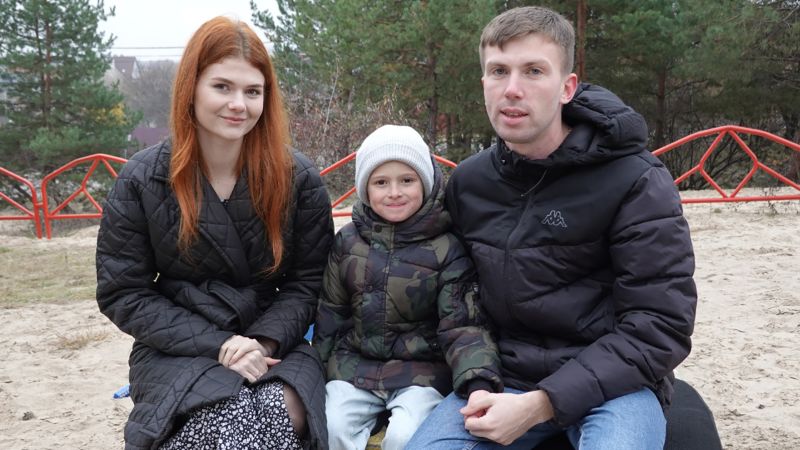Four-month-old Ganga lost her mother to the Brahmaputra floods nearly twenty years ago, but she has now found her home on the banks of another river and is a healthy mother of four young.
Orphaned by the floods in the famous Kaziranga National Park in Assam, Ganga had found refuge on the outskirts of the park where she grew up before leaving to live alone in her natural habitat.
Ganga was the second rhino to be rescued by the Center for Wildlife Rehabilitation and Conservation (CWRC) in Kaziranga in 2003, along with another rhino, said Rathin Barman of the Wildlife Trust of India (WTI). PTI.
Hand-raised by CWRC staff, the couple were transferred to Manas National Park (MNP), about 300 km from their birthplace, four years later, where they have thrived over the years.
Named Ganga-Jamuna for their connection to MNP frontline staff, they were the second batch of rhinos sent to the park, the first being Mainou (Lakhsmi in the local Bodo language) preceding them by a year to Manas, also from CWRC.
While Ganga gave birth to her fourth calf in the last week of July this year, Jamuna has three calves of her own and Mainou has also become a mother of three calves over the years before dying of natural causes there. was a few years old, said Barman. The Center was established by the Government of Assam, the Wildlife Trust of India (WTI) and the International Fund for Animal Welfare (IFAW), with support from the Government of India, in 2002.
It is located on the outskirts of Kaziranga National Park and assists in the movement of fauna mainly from the Park and adjoining Dibru-Saikhowa National Park.
The Center is committed to the rescue of wild animals that move away from their natural habitats and the KNP rhinos are among those animals that have found a new lease of life in its premises. It has handled 101 rhino cases since its inception.
There are nearly 3,000 rhinos in Assam, most of which are found in Kaziranga National Park. “The CWRC saves two to four rhino calves each year during flooding in the KNP. In 2016, we saved up to nine rhino calves, â€he said. The rhino calves rescued from the KNP were mostly transferred to the MNP, while two were released “on an experimental basis” in the KNP itself and two sent to the state zoo’s breeding facility in Guwahati, said Barman.
The CWRC currently rescued four rhino calves from the 2019 floods at its facility in Kaziranga, said Dr Bhaskar Choudhury, a veterinarian at the Center. He said the calves are kept at the Center until they are about one and a half to two years old, after which they are released into the wild.
Rhinos are generally not released into the KNP due to the high concentration of tigers which results in high predation and high density of rhinos in the park, he added.
“We only bring rhinos to the Center if they are too young or sick. Otherwise, together with Forest staff, we try to return them to their original habitat,” Choudhury said.
Since the establishment of the CWRC and its satellite facilities, a total of 7,532 cases of wild animals, belonging to 258 species of mammals, birds and reptiles, have been supported by the State Center until July 2021.
Of these, 22% were mammals, 36% birds and 42% reptiles. Overall, 62% of the animals taken care of by the Assam team were released into the wild.
 Christ Yoder
Christ Yoder
/cloudfront-us-east-1.images.arcpublishing.com/gray/ODYKQRO5GRGJREMXBZNK5UFIX4.jpg)


